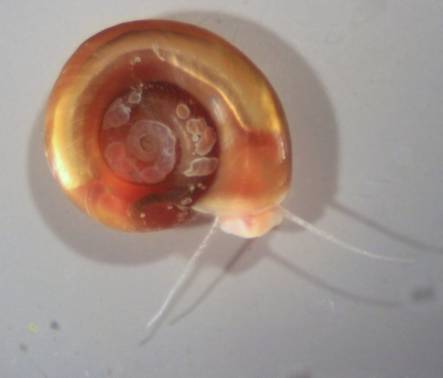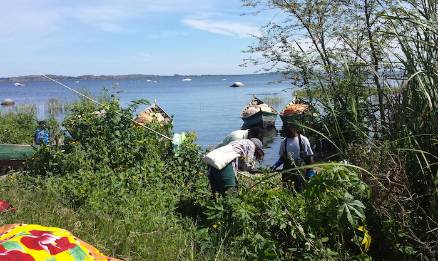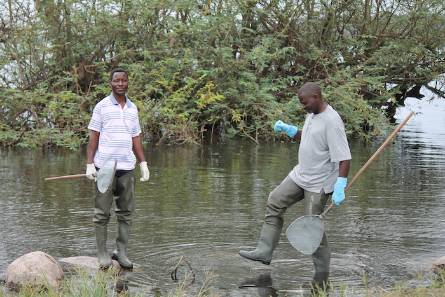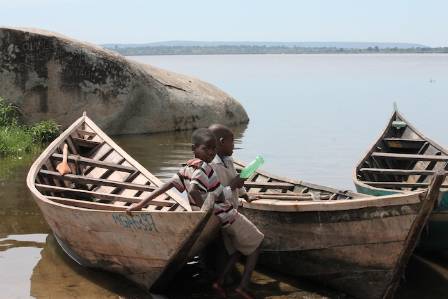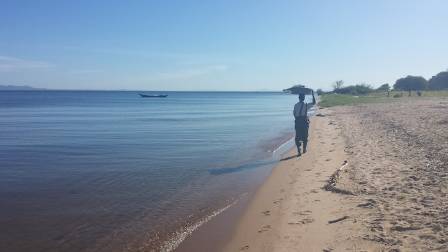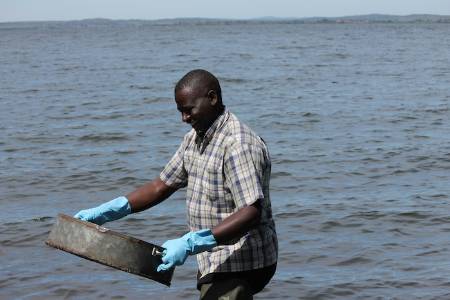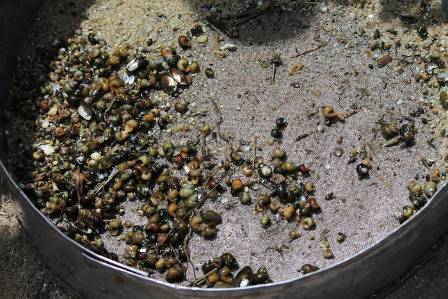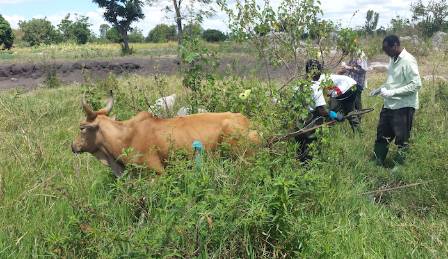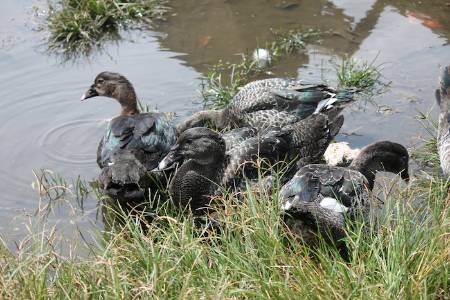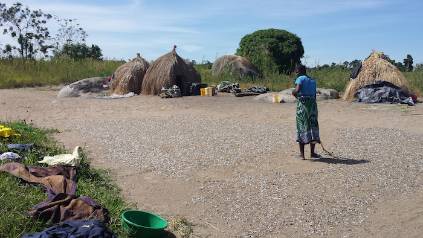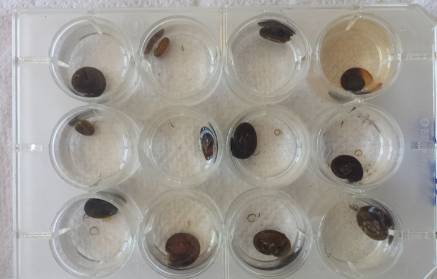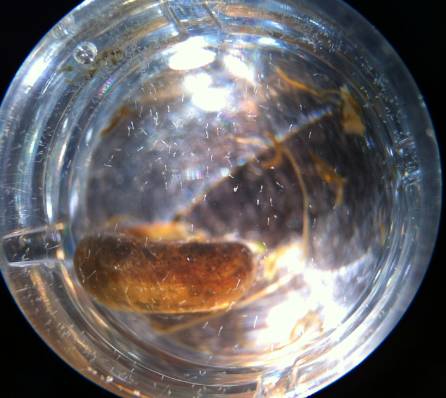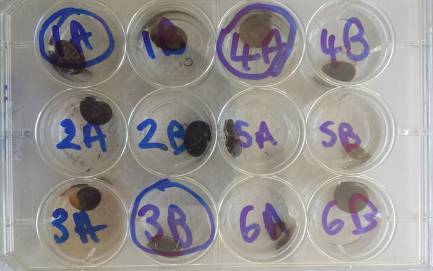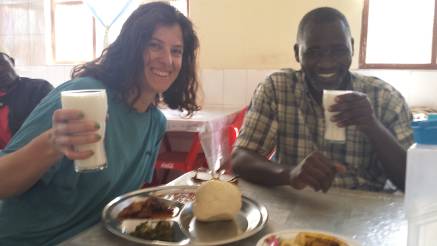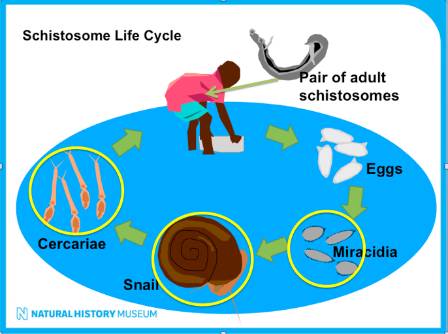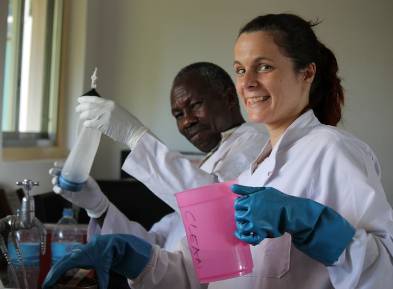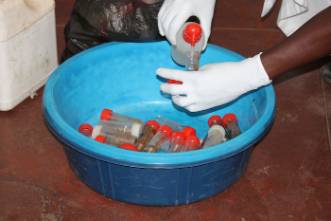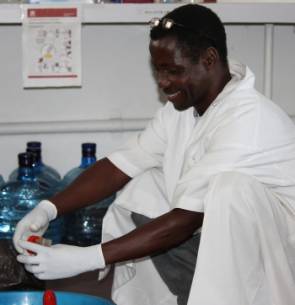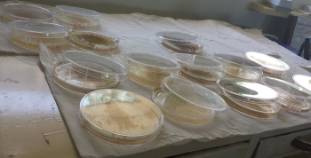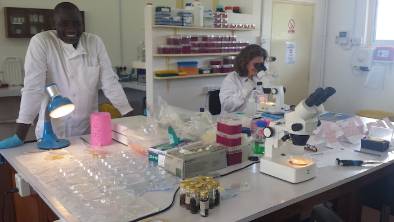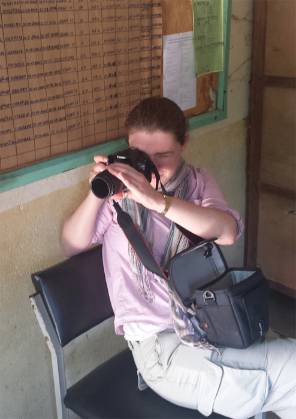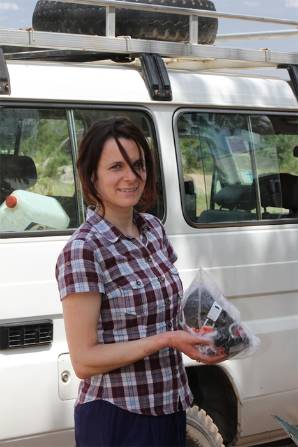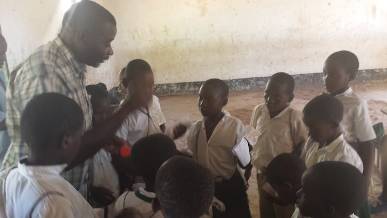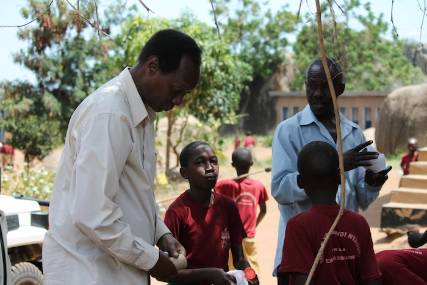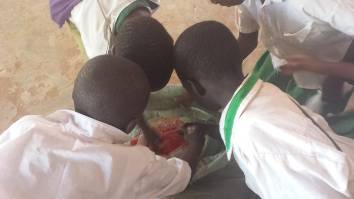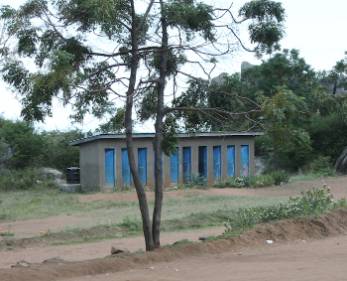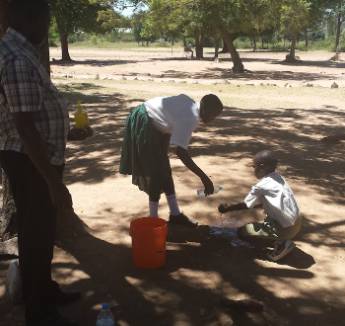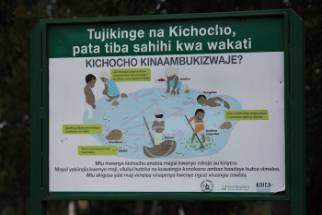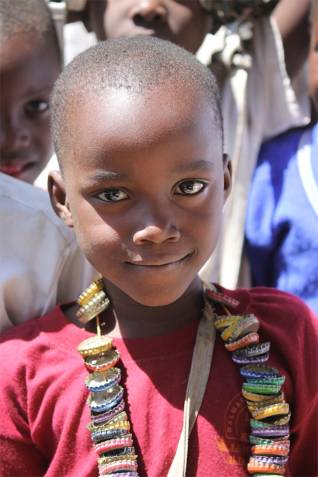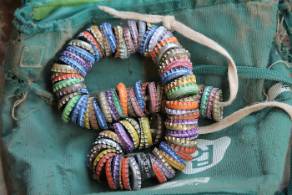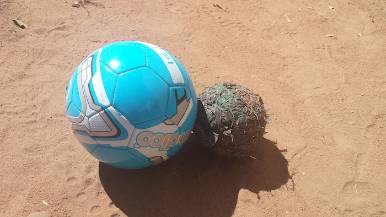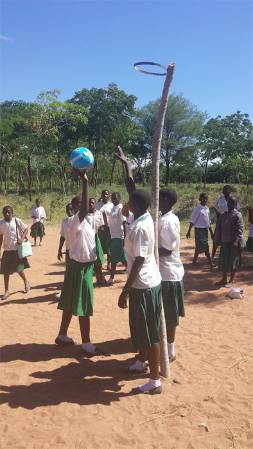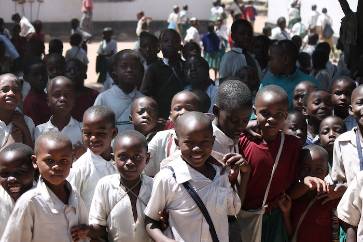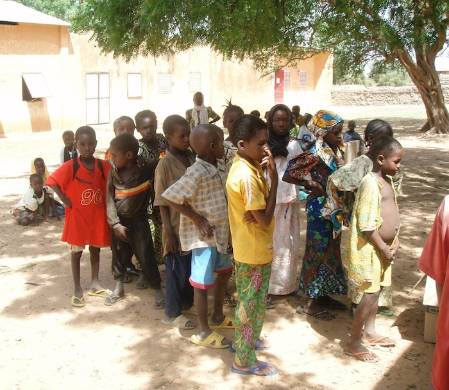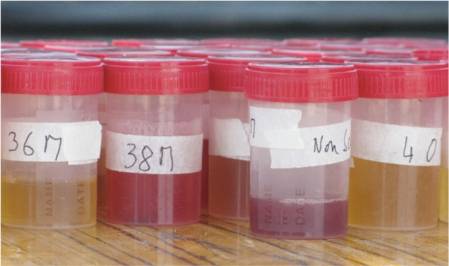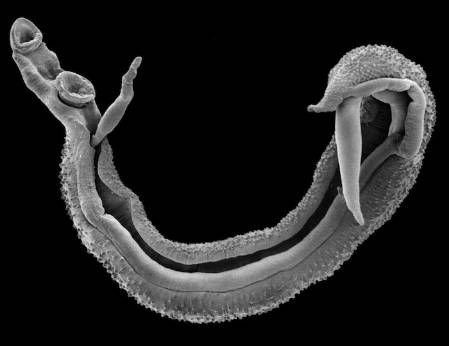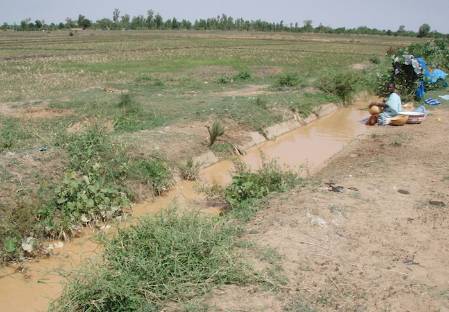Jambo from Mwanza, Tanzania
It's my last week here and as much as I have enjoyed the fieldwork I can't wait to get back home. But there are a few more days of work to do first!
Back to blood-fluke fieldwork
This time I want to tell you about our snail collecting work. Snail in Swahili is called Konokono. The snails we are interested in are aquatic, pulmonate little dudes belonging to the Biomphalaria genus.
They are the intermediate host of Schistosome mansoni, the blood fluke species responsible for intestinal schistosomiasis and it's detrimental health consequences in humans (see previous post - the Blood Fluke story).
We collect these snails in order to study the blood fluke parasites they carry.
The collecting process involves:
- Scooping for snails on banks of Lake Victoria. We use protective waders to prevent blood fluke infection from the water.
- Carrying the snails back to the lab, where we use microscopes to identify schistosome parasites.
- Documenting the infected snails, which will be taken back to the Museum for DNA analysis.
Aquatic snail of the Biomphalaria genus, host to the human blood fluke Schistosoma mansoni, the causative agent of schistosomiasis.
Muriel and the team scooping for snails on the banks of Lake Victoria.
Mr Revocatus and Mr James with the snail scoops and protective clothing (hip waders) to prevent blood fluke infection from the water. Credit Fion Allan.
Village kids from local fishing village. Credit Fiona Allan.
Mr Revocatus carrying the dredge to our next snail site. Yes this is a beach on Lake Victoria. Not the sea!
Mr James with the dredge getting ready to collect those lake bottom snails. Credit Fiona Allan.
Dredged up snails from the lake bottom. Now we have to find the small Biomphalaria species we are after. Credit Fiona Allan.
Sometimes we have to work around the local fauna.
More local fauna. Credit Fiona Allan.
Activities by the snail collecting sites. This lady is drying small fish in the sun.
Back in the lab, we sort through all our collected snails, put them in water and check for schistosome parasites.
Biomphalaria snails in individual wells with water. We check each well for the presence of the parasite larval stage, cercariae.
Blood fluke larvae (cercariae) under the microscope - those little white things in the water. They're looking for humans to infect!
Identifying infected snails and giving them an ID number. We then preserve the snail in ethanol and bring them back to the Museum for genetic barcoding (species identification).
After a hard days work, Muriel and James getting ready to tuck into some food.
Me about to eat some Wali na Samaki (rice and fish).



